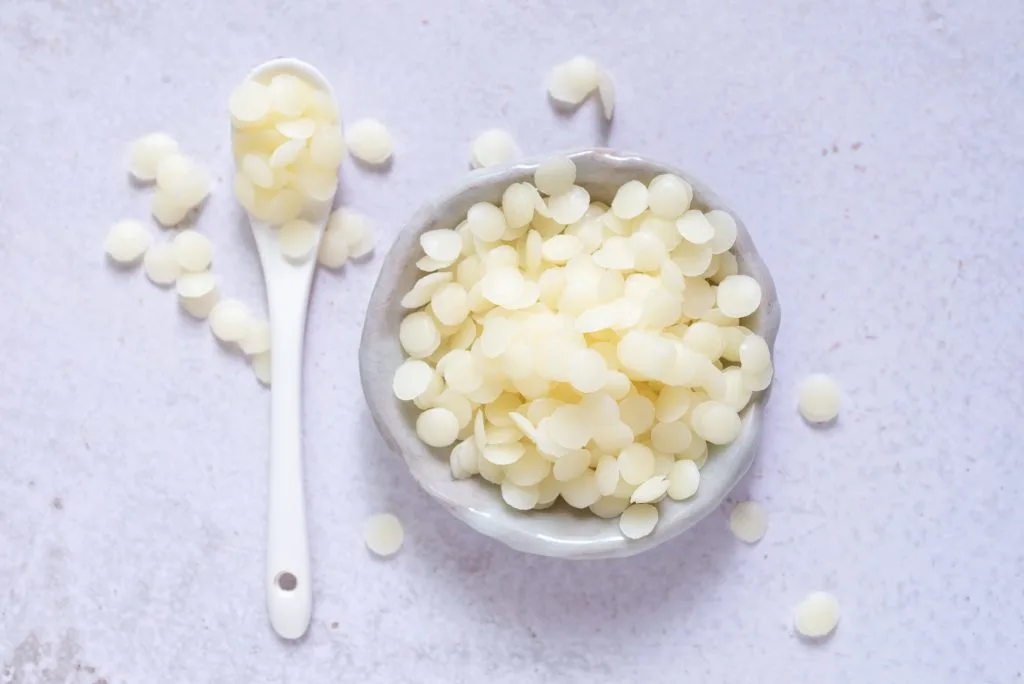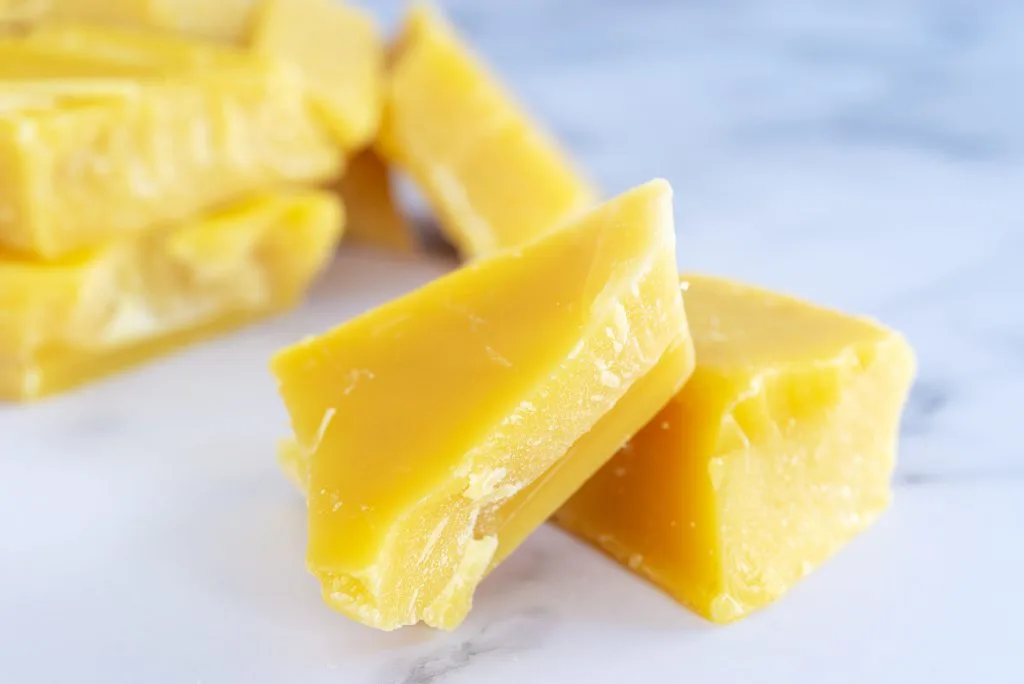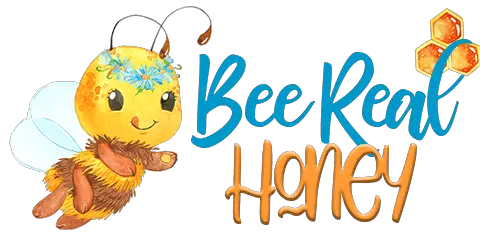*This post may have affiliate links, which means I may receive commissions if you choose to purchase through links I provide (at no extra cost to you). As an Amazon Associate I earn from qualifying purchases. Please read my disclaimer for additional details..
Do you ever wonder why beeswax comes in various color tones? Have you ever imagined that the difference in their colors affects the way we use them? Well, you just might be onto something.
Of the various color shades beeswax comes in, white beeswax and yellow beeswax are two of the most common ones. In this article, we will be comparing both.

But first, what is the difference between white beeswax and yellow beeswax? Well, the color of these two types of beeswax differs.
But what brings about this distinction in color is their refining process. While yellow beeswax is heated and filtered to remove debris, white beeswax is pressure-filtered and bleached.
So, how does this difference affect how you use these beeswaxes? Well, we discuss this and more in the rest of this post.
Table of Contents
Which Is the Natural Color?
Beeswax comes in various colors and various shades. It can be creamy, pink, brown, orange, creamy golden, or dark-brown.
While beeswax is available in different colors, the most common color beeswax is seen in is yellow.

The variation in the color of beeswax produced by bees is dependent on a few factors. Some of them are listed below:
- The flowers bees forage on play a part in the color of the beeswax they produce. For instance, beeswax from a bee that feeds on clover will be lighter than those from one that forages on fireweed.
- The region the bees live in.
- The race of the bees.
- The conditions under which the beeswax is stored affect its color. When exposed to light, the color fades. Also, higher temperatures favor darker beeswaxes.
- Hive diseases.
- The freshness of the beeswax. Fresher beeswax is relatively lighter.
- The source of the beeswax—cappings, or brood comb? The wax from cappings is typically lighter, while brood wax is darker. Between both types, cappings wax is considered to be of higher quality and is preferred.
At the start, when beeswax is secreted in a worker bee’s abdomen, it is white.
But when it gets mixed with pollen and propolis, the color changes. It could become the common golden-yellow, or it may take on any of the other possible colors.
Although color variations are typical with beeswaxes, those with bright shades are usually considered high-quality. Conversely, those with darker shades are considered to be of low quality.
White vs. Yellow Beeswax
Going by what we said earlier, you could say white beeswax is decolorized yellow beeswax. These two types of beeswaxes differ in the following ways:
Filtration Process
Yellow beeswax is melted, then filtered to remove the debris it contains. On the other hand, white beeswax is filtered through pressure filtration.

Bleaching
White beeswax is bleached by exposing it to sunlight, thin layers of air, and moisture. Yellow beeswax, on the other hand, is not bleached.
Uses
Besides the refining process, the preferred uses of yellow beeswax and white beeswax may also differ.
This is not to say that they cannot be used for the same types of products. It’s just one is preferred for some products than the other.
Generally, white beeswax is preferred for products in which you want a light tone. They are also great for products you intend to add colorants to. Yellow beeswax, on the other hand, is preferred for candle making.
Nonetheless, both can be used for candle making, lotions, soaps, balms, food wraps, and many other similar products.
Which Is Better for:
Cosmetics
It appears that white beeswax is better for light-toned cosmetics or cosmetics you intend to add a colorant to. With white beeswax, the tone of the color you desire will not be altered.
But if color does not matter, you can use yellow beeswax in preparing your cosmetics.
Food Wraps
For food wraps, you can use either white beeswax or yellow beeswax. But there might be an issue with the scent of yellow beeswax.
The scent of yellow beeswax sometimes overwhelms the flavor of the food. If you experience this, you should opt for white beeswax or a combination of white and yellow beeswax.
Candles

Yellow beeswax is preferred for candle making since it retains the natural color and more scent than white beeswax.
But then, you may opt for white beeswax candles if you want to make a colored beeswax candle.
Wood
As said earlier, yellow beeswax and white beeswax are basically the same. When polishing your wood, you could use either, depending on your preference.
When you polish wood with yellow beeswax, you can expect a yellow tint finishing, albeit slight. However, with white beeswax, there should be no tint.
Summary
While yellow beeswax and white beeswax differ in color and refining methods, they find similar applications.
White beeswax is generally better for products you intend to modify with a colorant.
On the other hand, yellow beeswax is better when you intend to retain the natural color and fragrance.
All in all, what you use either of them for is up to your preferences.
Resources
- https://www.warmcandle.com/the-colour-of-the-beeswax-candle-why-is-it-varies/
- https://singaporesoap.com/beeswax-colors-and-quality/
- https://marytylor.com/blog/post/what-is-the-difference-between-white-and-yellow-beeswax
- https://skyorganics.com/blogs/blog/the-real-difference-between-yellow-and-white-beeswax
- https://www.soapqueen.com/bramble-berry-news/sunday-night-spotlight-beeswax
- https://www.profitableventure.com/difference-white-yellow-beeswax/
- https://nadelundgabel.wordpress.com/2015/12/13/small-things-beeswax-food-wrap/
- https://homesteadhow-to.com/how-to-make-and-use-beeswax-furniture-polish/

